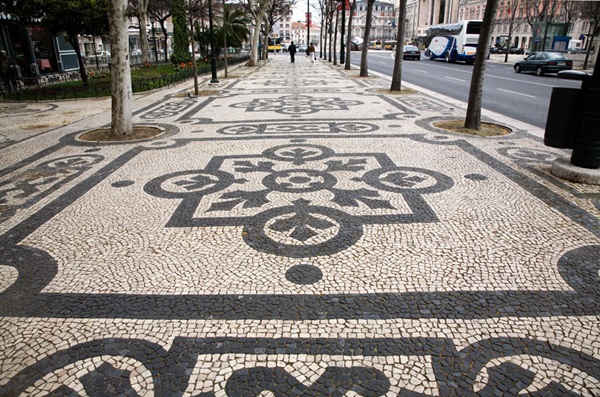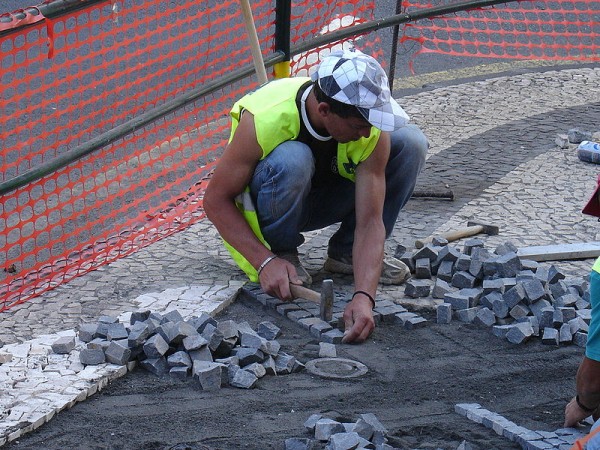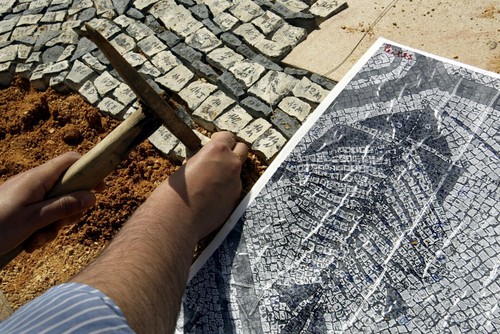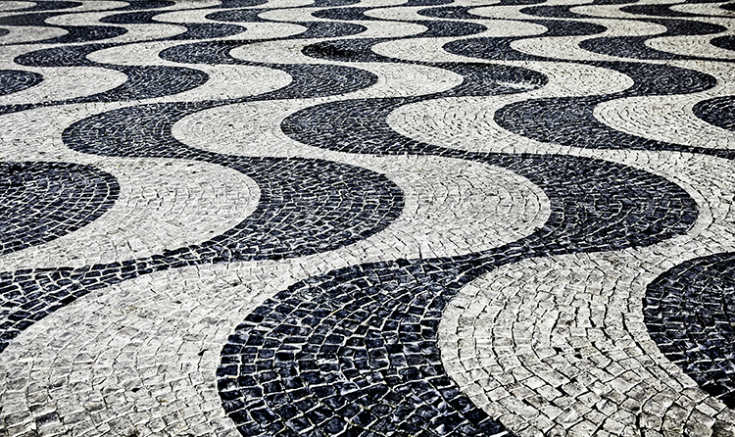There's something very special about taking a walk in any city in Portugal, and that special thing is right under your feet!

Portuguese pavement has been around for a very long time - The inspiration comes from the Roman mosaics but the traditional Portuguese sidewalk was born in Lisbon during the reconstruction of the city after the 1755 earthquake.
Portuguese pavement consists of small stones (usually in black and white) arranged to create patterns and images, similar to a mosaic. They can be found on sidewalks, especially in the historical parts of the cities and towns.
Yes, they are everywhere and the variety is incredible!





They’re still painstakingly laid down by hand, following a process created hundreds of years ago.







Yes, they're beautiful, but the pavement is not free from controversy. There are several reasons for this.
1. It's expensive to install and maintain and only qualified experts are able to repair them.
2. As the stones get worn down, they become very polished and slippery.
3. At times, the stones become uneven (or come loose altogether) and make it more challenging to navigate.
Nevertheless, it's a piece of Portugal that I love - along with those azulejos!!

They ARE beautiful! But it does seem like a lot of work. And I didn't think about the slipperiness!
ReplyDelete